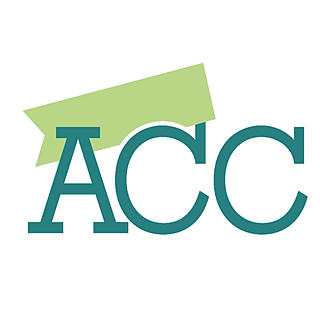The Arizona State Capitol: Its Hidden History from the Ground Up
- Arizona Contractor & Community
- Feb 21, 2023
- 2 min read
Michael Cady
It is doubtful that when the second mayor of Phoenix, Francis Shaw, purchased a section of land on the outskirts of west Phoenix, he knew it would become the site of the new Arizona Territorial capitol. Shaw sold part of a wheat and alfalfa field to developers Moses H. Sherman and Marcus E. Collins. They eventually sold 10 acres of it to the Territory for one dollar. But nine years before the capitol was built, Sherman and Collins transformed these fields into a fancy city park.

In the 1890s, people could take the streetcar on Washington Street from Center Street (now Central Avenue) to Capitol Park and spend the day outside in the shade. The park had a water flume and was a botanical paradise with Russian mulberry, elms, a Chinese bamboo forest, and even banana plants. Sherman and Collins developed the land around the park, called the Capitol Addition, into residential housing. Lots in that development that sold initially for $200 went for more than twice that within a year.
The territorial capital moved to Phoenix in 1889. At first, the legislature had to rent space, paying $475 annually for the second floor of the Phoenix City Hall. The Territorial Legislature created the Capitol Commission, in which members were paid five dollars a meeting to administer the capitol’s construction. They held a contest won by Texas architect James Riely Gordon, who was paid $2,500. Unfortunately, the budget for the capitol was only going to be $100,000. Gordon's challenge was to design a modest building that could expand as the Arizona Territory grew.
Thomas Lovell, another Texan, was chosen as the contractor. His job was to turn Gordon’s plans into reality and to keep the project within budget. On February 16, 1899, his company started digging the foundation. At four feet, they hit solid but uneven ground that needed to be leveled with stone to withstand the weight of the building.
An article in The Arizona Republican on March 2, 1899, describes how the company, Rynerson and Barnes, found the foundation stone “13 miles north of Phoenix, on Black Canyon Road,” today around 19th Avenue. The stone, called malapai or “bad rock,” likely came from Moon Hill, located northwest of Shaw Butte. The company cut huge slabs, some eight feet long on each face, and hauled them to the construction site. This solid foundation was then finished with locally produced red brick.
Lovell next located a local source of large granite blocks for the building’s ground floor at South Mountain, which still has evidence of quarrying. Wagons hauled the massive stones 10 miles to the construction site. These blocks were lifted into place using a hand-cranked windlass, aided by the stone worker’s knowledge of balance and leverage.
To read the rest of this article, you are invited to purchase the digital issue here.
This article originally appeared in the bimonthly Arizona Contractor & Community magazine, Jan/Feb 2023 issue, Vol. 12, No. 1.








Comments